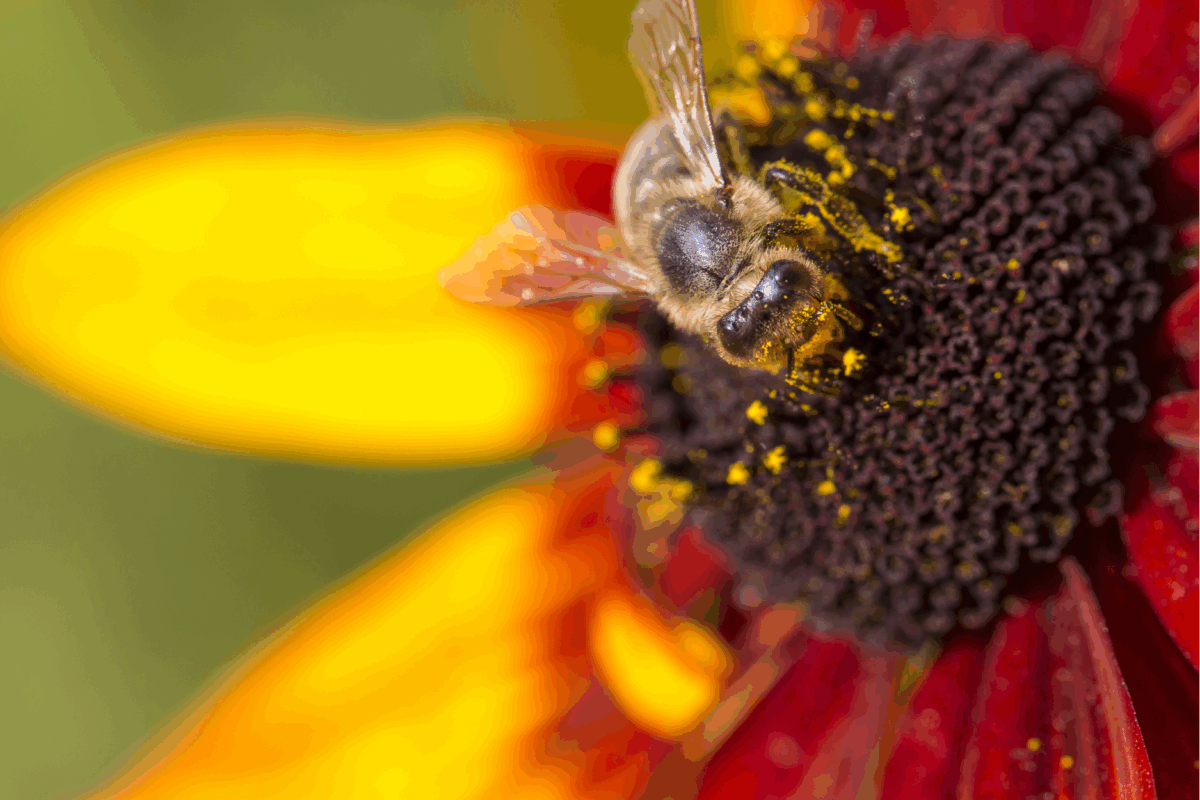National surveillance partnership to protect Australia’s forests
A new Biosecurity Collaboration Agreement will establish a National Forest Pest Surveillance Program to improve the early detection of exotic forest pests and the likelihood of their eradication.
This agreement will enable industry and government to carry out risk-based forest pest surveillance activities to early detect and manage new pest incursions in Australia through a well-coordinated national surveillance program.
Minister for Agriculture, Fisheries and Forestry Murray Watt said this agreement was timely, given the increasing levels of trade, movement of people and commodities, and climate change contributing to an upward trend in the number of exotic forest pest incursions.
“A nationally coordinated surveillance program—supported by an effective diagnostic network—is needed to effectively mitigate the risk of exotic forest pests establishing in Australia,” Minister Watt said.
“Our forests represent the seventh largest forest estate in the world comprising native, commercial, and urban forests.
“New pests in our forests would have significant impacts on the Australian economy, trade and market access, environment, and way of life.
“Ensuring that forest stakeholders and government agencies work together in partnership is critical to achieving these aims.
“The landmark agreement is the first of its kind, committing to a consistent and harmonised approach with targeted expert surveillance, training and support of various stakeholders, and planning and reporting.
“This is a great example of how strong partnerships across governments and industry can improve our national biosecurity system.
“It is also very timely as we know climate change can stress trees, making them more susceptible to pests, and a warming climate is changing the movement and range of pests to threaten new areas of forest.”
Plant Health Australia CEO, Sarah Corcoran said the early detection of exotic plant pest and diseases minimised the potential significant economic and social risks and improved the chances of eradication before these impacts occur.
“The National Forest Pest Surveillance Program demonstrates how connected strategies, collaboration and co-ordinated plant pest and surveillance activities strengthen the plant biosecurity system not only for the benefit of plant industries but for economy, environment, and community,” Ms Corcoran said.
Signatories to the agreement include the Commonwealth government, the Australian Forest Products Association, Plant Health Australia, all State and Territory governments, Forest Wood Products Australia, Invasive Species Council, and NRM Regions Australia.






